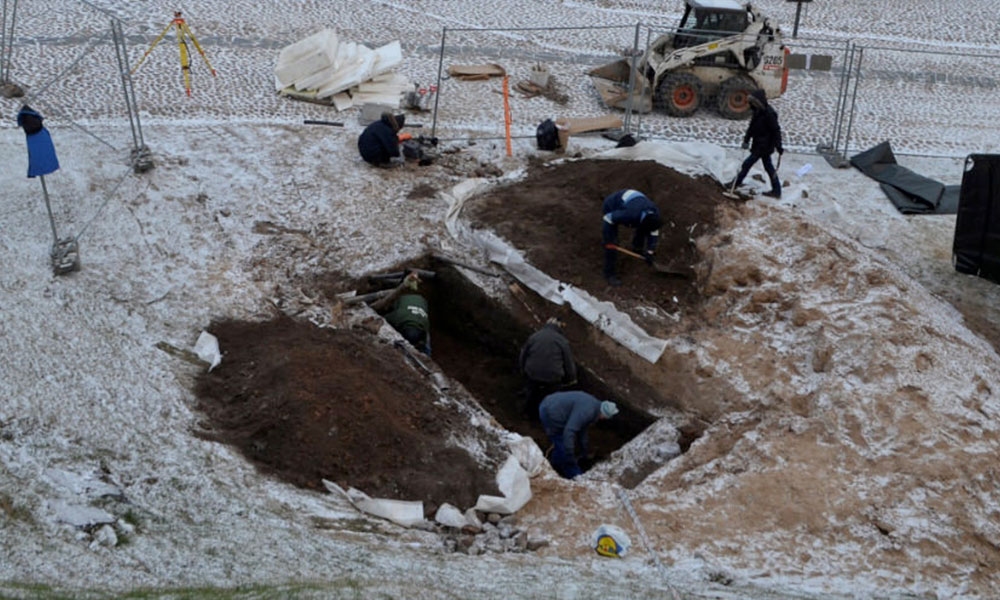
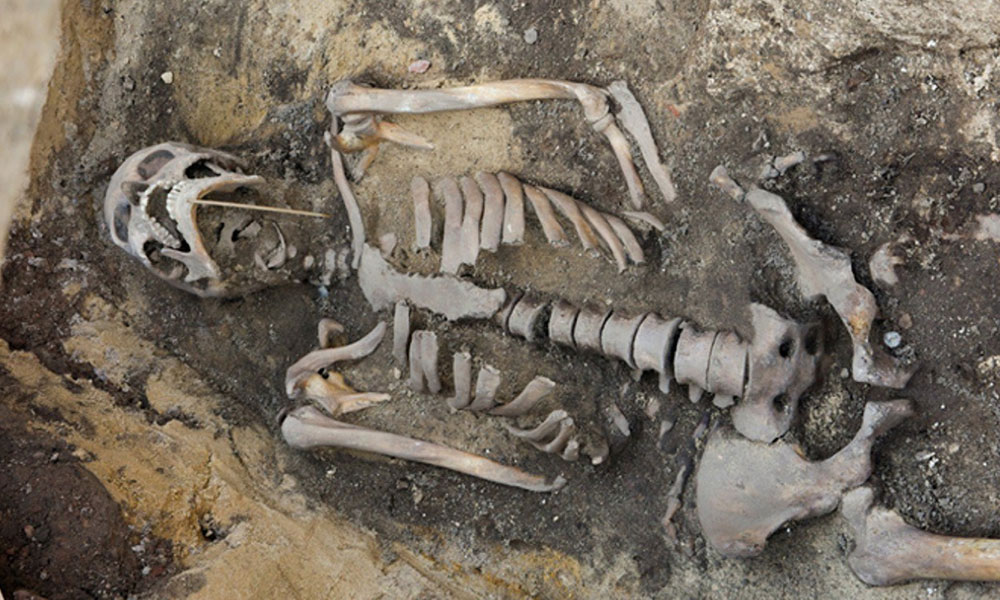
Historical cases
Armed conflicts in recent decades have left hundreds of thousands of people behind in mass graves without the victims’ families and communities having the opportunity to mourn. In addition to the obvious social repercussions of failing to identify victims, studies have shown that families suffer trauma, mental health problems and poor quality of life as a result.
With Skeleton-ID methods, such as biological profile estimation and craniofacial overlay, the number of candidates can be narrowed down before moving on to other methods.
Skeleton-based identification
for historic cases
Even though DNA profiling is widely available, in historical cases victims often can not be identified with this technique because it requires access to a DNA sample of a close relative.

Skeleton-based human identification is used especially in cases of victims whose remains are in a bad state of preservation (burnt, decomposed, skeletonized). These type of methods are used in 40-50% of all autopsies.
SKELETON·ID SOLUTION
CORE
Missing and Unidentified people Database and Virtual Lab, Case Files, Reports, Statistics, Access Management etc.
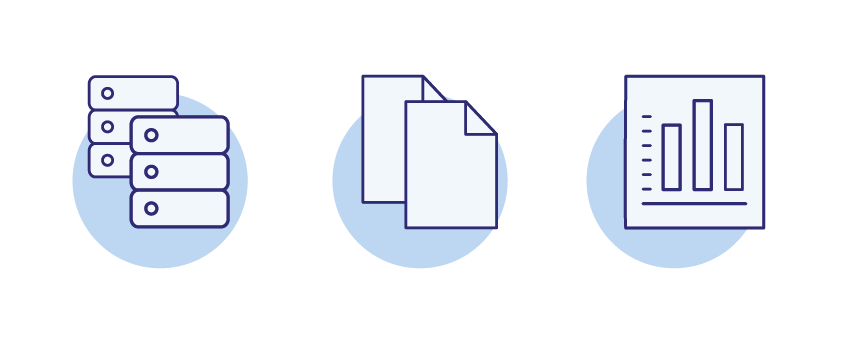
MODULES
· Craniofacial Superimposition
· Dental Comparison
· Biological Profile
· Comparative Radiography

VIRTUAL LAB
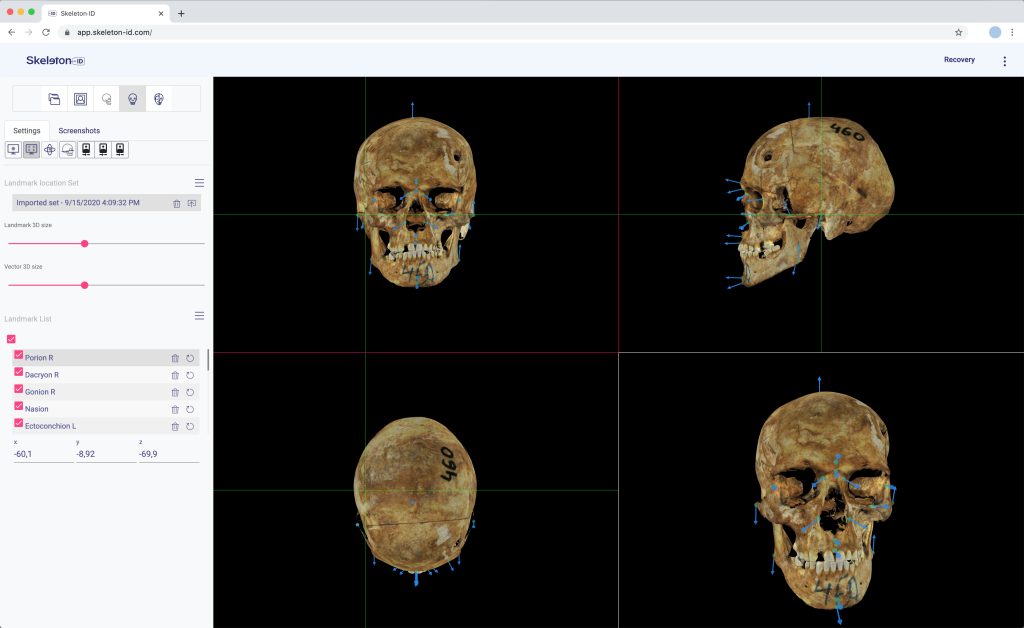
What is
Skeleton·ID is a game-changing software solution that combines identification techniques with Artificial Intelligence and integrates them into one single tool.
Allows different types of input data for missing and unidentified people. The software can process photos, 3D models, x-rays, personal information, and dental records and can compare this data with entire databases automatically by Artificial Intelligence. This makes the large-scale application of skeleton-based identification possible for the first time.
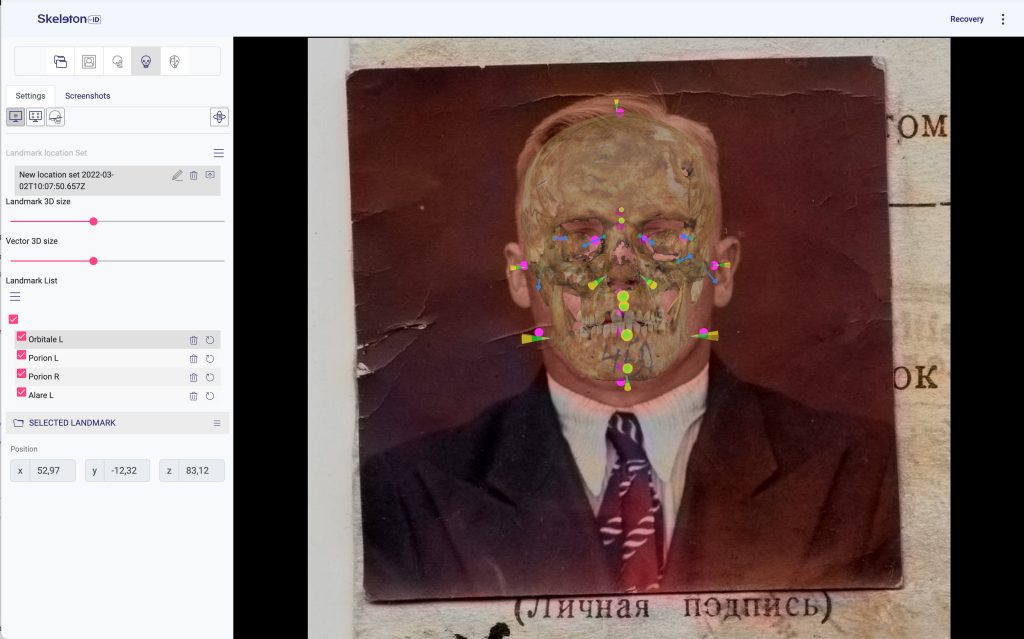
Designed for
forensic experts
Forensic experts like anthropologists, odontologists, pathologists in governmental and non-governmental organizations.
Governmental
Organizations
Forensic / Legal
Medicine
Non-Governmental
Organizations
Read case study Vilnius
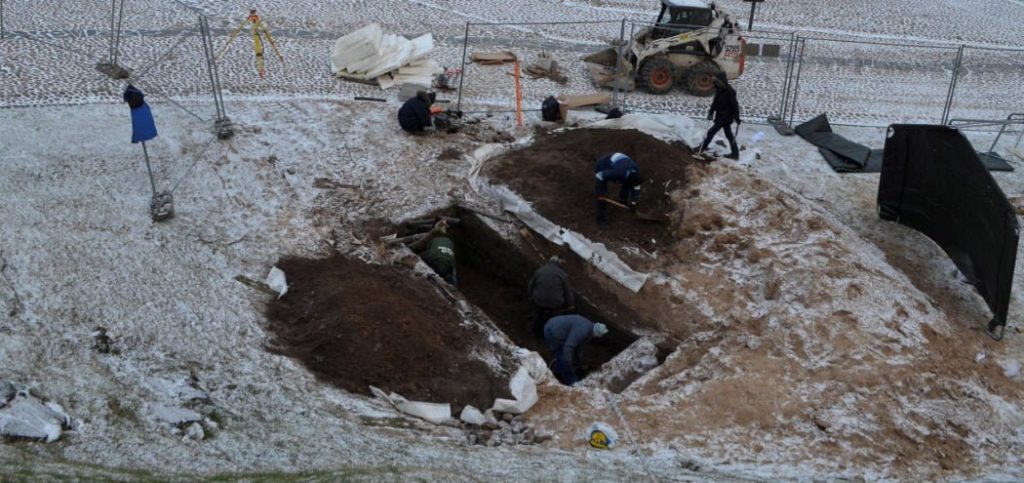
The armed conflicts of the last century have left millions of unidentified individuals behind in mass graves around the world.
